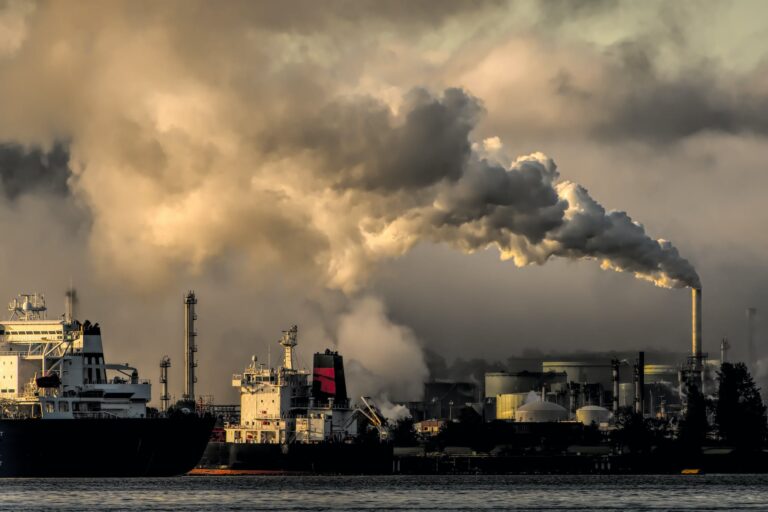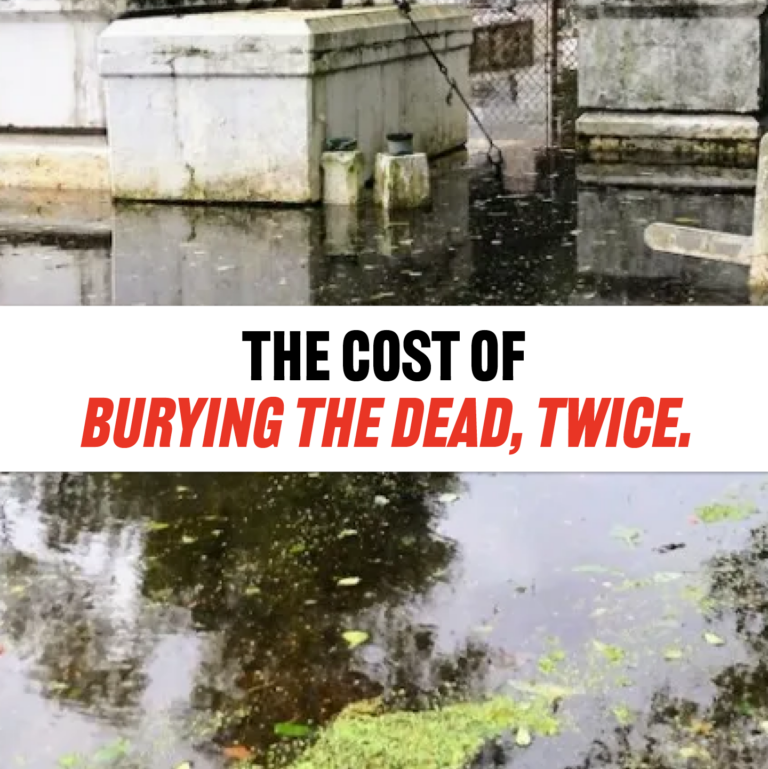Is New York, baltimore And other east coast cities sinking?

Recent research led by Virginia Tech and the U.S. Geological Survey reveals a growing threat to communities and infrastructure along the U.S. East Coast. Land subsidence, or the gradual sinking of the ground, exposes millions of people, numerous properties and essential infrastructure to increased risks. This study highlights the urgent need for proactive strategies in hazard mitigation and resilience planning against the backdrop of climate change. Cities like New York, Baltimore, and Norfolk are particularly vulnerable, with over 50% of their infrastructures at risk.
Subsidence: A Silent Menace on the Rise
The team analyzed radar data to assess the vertical land motion rates and its impact on population, assets, and infrastructure from Florida to Maine. Their findings are alarming: an estimated 1.2 to 14 million people, along with 476,000 to 6.3 million properties, face subsidence rates between 1 and 2 mm per year. Subsidence exacerbates the threats posed by coastal hazards like flooding and erosion, especially in densely populated regions. The study notes a worrying trend: as subsidence rates increase, so does the extent of areas exposed to these hazards. This pattern underscores the critical need for targeted approaches in transitioning from reactive to proactive hazard management.
Infrastructure at Risk: Roads, Railways, and More
The study’s detailed analysis reveals that a substantial portion of the East Coast’s infrastructure is susceptible to subsidence. This includes roads, railways, airports, and levees, among others. The implications are far-reaching, affecting safety, mobility, and economic stability. Given these findings, the authors stress the importance of a proactive stance in dealing with these challenges. This involves regular monitoring, maintenance, and enhancement of infrastructure, as well as incorporating these risks into urban planning and policy-making. This comprehensive study lays bare the silent yet escalating threat of land subsidence on the U.S. East Coast. It calls for immediate action regarding policy intervention, infrastructure resilience, and community preparedness to mitigate the impacts of this creeping hazard. As climate change continues to shape our world, understanding and addressing subsidence becomes crucial in safeguarding our coastal communities and their futures.
Climate Crisis 24/7 used generative AI technology to help produce this article, which a human editor at Climate Crisis 24/7 edited. Climate Crisis 24/7 is dedicated to accuracy and transparency; any article that uses AI will be noted.
This study appeared in PNAS Nexus, Volume 3, Issue 1, January 2024. Read Full study here.
More from ClimateCrisis 247
- Wake-Up call? 30 Million People Could Die Each Year From Climate Change, study says
- It took a lot of balls to bring you this story about microplastics Making a home in Men’s testicles
- Microsoft in new Scope 3 bid as AI emissions soar
- For banks, transparency sets the tone






